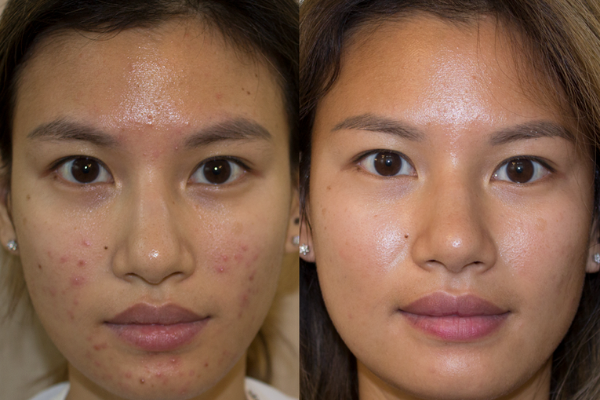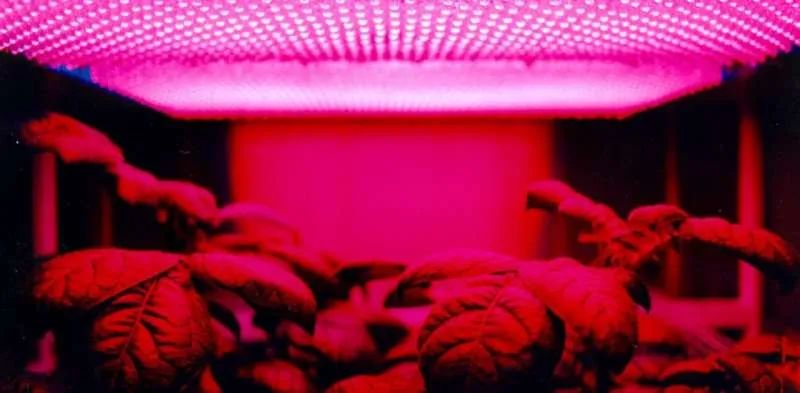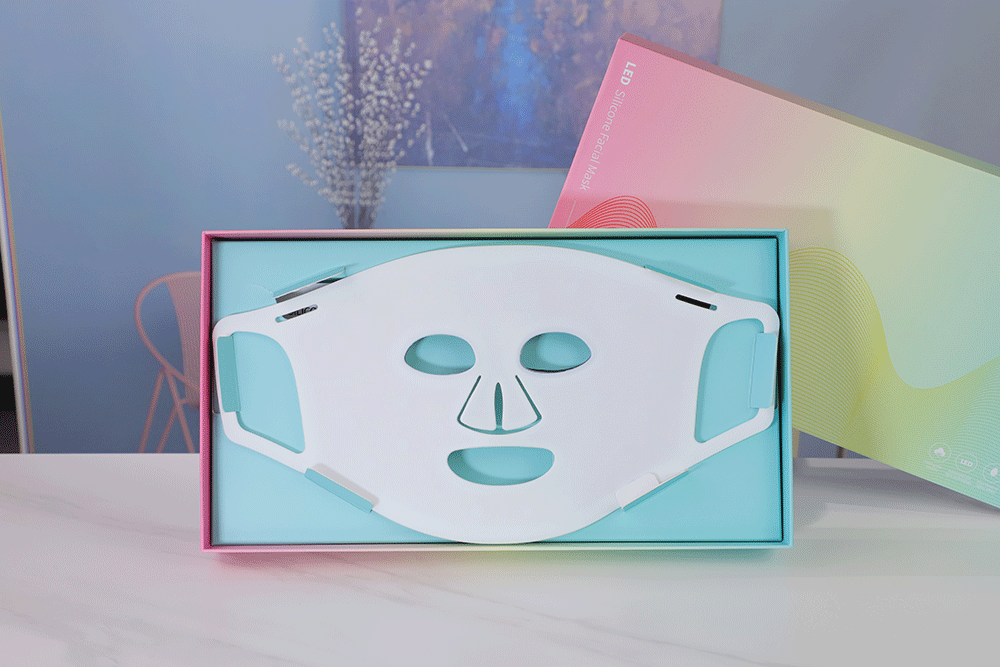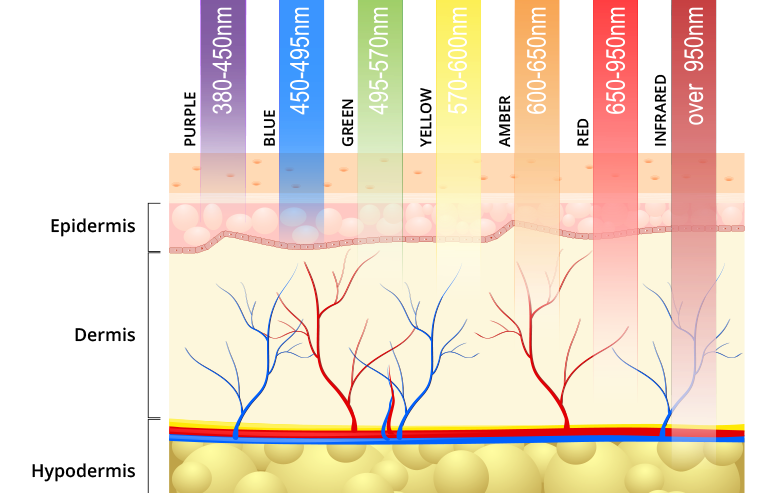Red and blue light treatment is very popular as a convenient and gentle medical aesthetic procedure that can achieve anti-acne and anti-inflammatory effects and revitalise the skin.
It can be used for acne breakouts, for sensitive skin, or even after other aesthetic procedures to speed up skin repair and help hide the signs of treatment.


The medical aesthetics industry would certainly not miss such an easy and versatile treatment. Of course, the LEDs used for medical aesthetic treatments are very different from those used for other effects in terms of equipment and energy.
Medical photoluminescence devices generally use different wavelengths of visible light such as red, blue and near infrared light to improve skin quality. The Healite II light meters used in our clinic are all from Lutronic, a manufacturer with over 20 years of experience in the development of medical devices and aesthetic equipment.


Red Light - Collagen Boosting
Red light with a wavelength of 633 nm stimulates fibroblast activity (fibroblast proliferation), promotes collagen and elastin proliferation and induces hyaluronic acid production.
Blue light - Anti-acne and anti-bacterial
Blue light at a wavelength of 415nm helps to inhibit the proliferation of Propionibacterium acnes, which can cause infectious inflammation. (Note: There are many different types of acne and Propionibacterium acnes may not be the causative agent of all acne). As the mechanism of action of blue light is limited to the elimination of acne, it is generally used as an adjunct to red or near-red light to inhibit sebum production and enhance the anti-inflammatory effect while combating acne.
Near-red light - rejuvenation of the skin
Near-red light has a wavelength of 830nm. Clinical studies have shown that near-red light at 830nm has anti-inflammatory, analgesic, skin metabolism and cell regeneration effects. Many inflammatory skin diseases have a genetic component and are of course related to the environment in which they are found. Near infrared light is suitable for the relief of various skin conditions and it is the most common wavelength used in our clinics for light therapy.
Copyright © 2022 Guangdong Newdermo Biotech Co.,Ltd. - newdermobeauty.com All Rights Reserved.